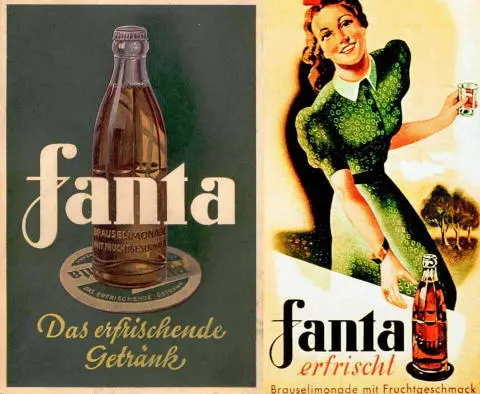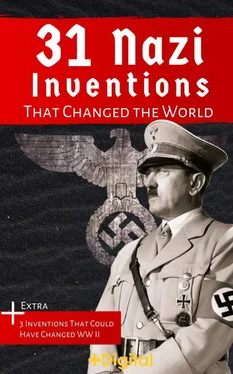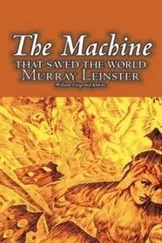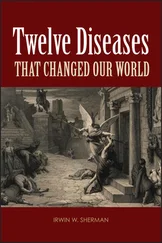31 NAZI INVENTIONS THAT CHANGED THE WORLD
Science and technology in Nazi Germany
During the Nazi period of government (1933–1945), Adolf Hitler, enthusiast of new technologies and means of production, invested millions in scientific research and development centers, with the hiring of renowned engineers and scientists, and the creation of new industries. German society was also undergoing profound changes and new products were launched to meet its needs.
Quickly, the German army became one of the most advanced in the world, possessing more technological weapons, lethal rockets and airplanes that flew faster than any other ever created. Due to superior technological power, Hitler believed he would be the great winner of World War II.
Nazi Germany was defeated, but its achievements and scientific discoveries were taken by the Allied countries and influence the way we live until today. Scientific research, which used thousands of prisoners as guinea pigs, were utilized to created new medicines, objects made to show Nazi Propaganda were used as reference for the creation of new technologies and products created for consumption, during wartime, are available in every supermarket still nowadays.
This eBook aims to present 31 inventions from the Nazi period that changed the world. In addition, as a bonus of this edition, we will be presenting three Nazi projects that were not completed but could have changed the history of the war.

An illustration from the atlas shows a man’s partially dissected cheek
The Pernkopf Atlas, or Topographic Anatomy of Man, is a book on human anatomy created by Eduard Pernkopf from the bodies of Jews, gays and Gypsies killed by the Nazi regime. The book is still considered the best guide to human anatomy ever produced, with copies currently costing a few thousand dollars. Although its superior quality cannot be questioned, the book’s findings came from the bodies of thousands of people killed, cut and dissected by the Nazis, generating a great ethical discussion of their use.
Eduard Pernkopf, an Austrian professor and physician, was an active supporter of Nazism and was led to occupy the Dean’s position of the University of Vienna’s medicine faculty, because of his contacts with Nazi politicians. Pernkopf fired all Jews’ colleges, including three Nobel Prizes, as soon as he took office.
In the first edition of the book, published in 1937, the signatures of the illustrators included swastikas, in addition to the two ray symbols of the SS Schutzstaffel , the paramilitary force of the Nazi Party. In 1939, a new Nazi government law determined that executed prisoner bodies should be immediately sent to the nearest anatomy department for research and teaching purposes. Pernkopf began receiving large numbers of bodies and worked 18 hours a day, dissecting corpses, while a team of artists created the images for future editions of the atlas.
Pernkopf was arrested after the war and fired from the university. He was held in a prison camp for three years. After his release, he managed to return to university and continued his work in the atlas, publishing a third volume in 1952. He died in 1955, while planning the fourth edition of his atlas.
Due to the large number of corpses that Pernkopf had access during the period that the Nazi Party ruled over Germany, its atlas has achieved unparalleled quality in illustrations and richness of detail, selling thousands of copies in several languages and is still today considered an exceptional piece of art, incomparable in precision and the best anatomical guide ever created.
On the other hand, the bloody source of each illustration is subject of discussion among academics and doctors around the world. Many teachers and doctors have stopped using the Pernkopf Atlas because they do not find it ethical to consult material produced with victims of the Nazi regime. Others claim that the atlas is still very relevant and that if its use save lives, then the best decision is to use it, but never forgetting that the ones responsible for its accomplishment was not Pernkopf, but the victims of Nazism.

Arado Ar234 Blitz
The Ar234 Blitz (Lightning) was the world’s first functional turbojet bomber aircraft, created by the German company Arado during World War II. Developed from Luftwaffe specifications, the German aeronautics, it was the first autopilot aircraft, besides having also a parachute system.
Originally, the design of the Ar234 Blitz creates a lightweight turbojet-powered airplane, type of the engine was created in the 1930s, for use in recognition missions. However, during the war, aircraft received weapons and was also used in bombing missions. Single-person pilot and weighing just 5200 kg, the Ar234 Blitz maximum velocity was at 700 km/h, able to reach 1560 km and carrying up to 1500 kg of bombs, impressive numbers for the time.
Only one model of the Ar234 has survived to this day. This aircraft is a variant of the bomber Ar234 B-2 Werknummer 140312 and was one of the nine Ar234 delivered to the British forces by the Nazi army when its defeat was imminent.

Einheitsempfänger
Einheitsempfänger (Television receiver unit), also known as Volksfernseher (People’s TV), was an analog television signal receiver launched in 1939. The launch of the device was part of Adolf Hitler’s plan to use Nazi propaganda as a form of social control. Hitler, along with Joseph Goebbels, Minister of Nazi Propaganda, had already realized the persuasive power television possessed, as well as turning possible to creation of jobs in the set-up factories.
The Einheitsempfänger was simplified to the maximum and operated with 50i fps system, 441 monochrome lines and had only one receiving channel, measures that aimed to keep the price of the device low. So, all German families could buy. It was used in military hospitals and government departments, but never had mass production due to the beginning of the World War II.
The signal received by the device, tuned from the factory, was emitted from the Berlin transmission tower, which was destroyed in an Allied attack in November 1943, rendering the devices obsolete. Only 8 models remain and are scattered in museums around the world.

Fanta, the Nazi soda
Fanta soda, popular worldwide, was created during the German Nazi government. During World War II, a trade embargo was enacted against Nazi Germany, making the syrup used as the basis for Coca-Cola (Coke) production unavailable, posing a major problem for the German factory. To prevent the plant from closing, Max Keith, Coca-Cola’s chief operating officer in Germany, decided to create a new soda, which was created from other inputs found for sale.
The name Fanta was coined by one of the factory employees and alludes to the word “ Fantasie ”, fantasy in German. The flavors offered were created with inputs that were found for sale during the production period, such as fruit marc and whey, resulting in soft drinks of different flavors each period, the first being made from malt.
Читать дальше















